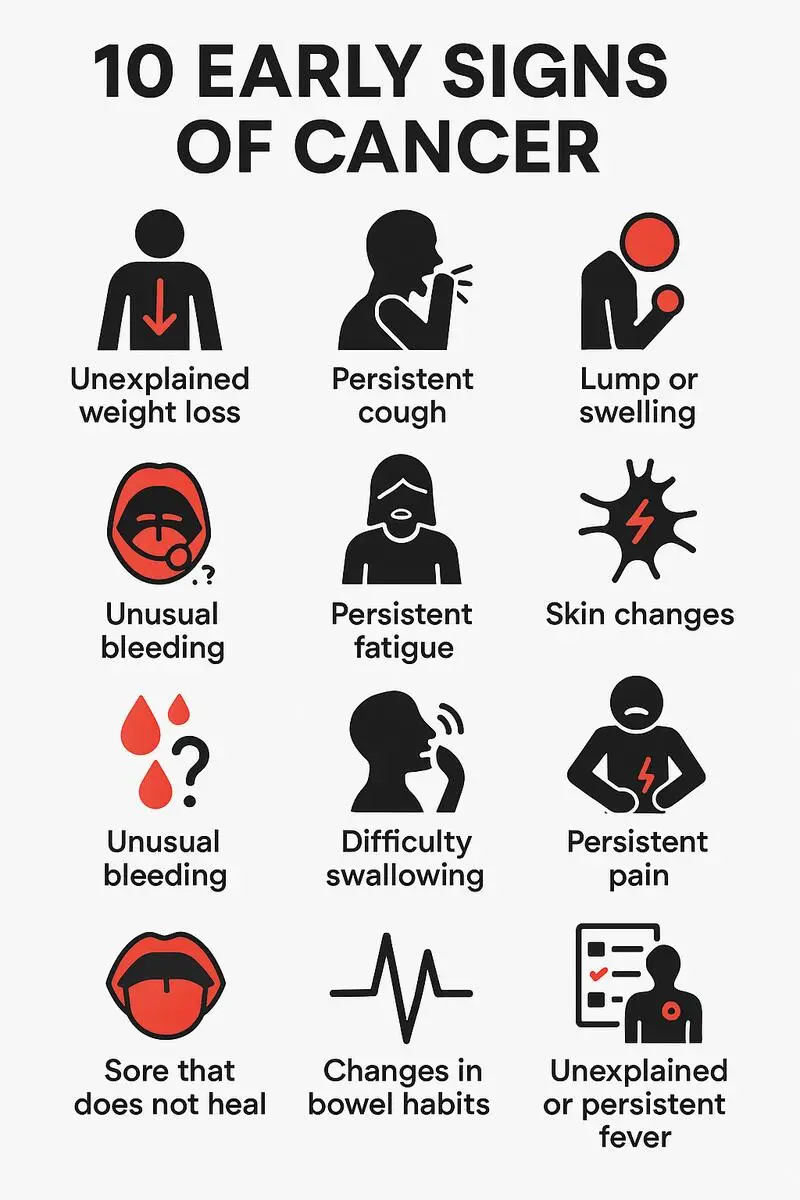- Published on: May 02, 2022
- 2 minute read
- By: Second Medic Expert
Acid Reflux Disease Symptoms, Causes, Tests, And Treatments
What is acid reflux disease?
Acid reflux disease is a condition in which stomach acids back up into the esophagus, causing heartburn and other symptoms. It can be caused by dietary factors, lifestyle choices, and other medical conditions. Treatment usually involves making lifestyle changes, such as avoiding trigger foods, eating smaller meals, and avoiding lying down immediately after eating. Medications may also be used to reduce stomach acid production or relieve symptoms. In severe cases, surgery may be necessary.
Acid reflux disease, also known as gastroesophageal reflux disease (GERD), is a common condition that can cause uncomfortable symptoms like heartburn, indigestion, and fatigue. GERD occurs when the contents of the stomach flow back up into the esophagus (the tube that connects your mouth to your stomach). This can happen when the lower esophageal sphincter (LES) muscle, which opens and closes to allow food into the stomach, does not close properly. There are many possible causes of acid reflux disease. Common triggers include certain foods and drinks (such as fatty or fried foods, chocolate, caffeine, carbonated beverages), stress, smoking.
Acid reflux disease, also known as GERD, is a condition in which the acidity of the stomach contents rises up into the esophagus, causing irritation and pain. Symptoms of acid reflux disease include heartburn, chest pain, trouble swallowing, and regurgitation. Acid reflux disease is often caused by a relaxation of the lower esophageal sphincter (LES), which normally prevents stomach contents from rising up into the esophagus. Risk factors for acid reflux disease include obesity, pregnancy, smoking, and consuming certain foods or beverages (such as coffee,Read More »cola, or fatty foods). This can cause heartburn, chest pain, and regurgitation. GERD is a chronic condition and can be treated with medication and lifestyle changes. Symptoms of GERD include heartburn, chest pain, hoarseness, difficulty swallowing, and regurgitation. Causes of GERD include pregnancy, hiatal hernia, Smoking, and eating fatty or fried foods. Testing for GERD includes an upper GI series or endoscopy.
Acid reflux can happen after eating a large meal or drinking coffee or alcohol. Acid reflux can also be caused by pregnancy, obesity, smoking, and certain medications. Symptoms of acid reflux include heartburn, indigestion, and difficulty swallowing. If you experience these symptoms frequently, you may have acid reflux disease. Tests for acid reflux disease include an upper GI endoscopy or a 24-hour pH probe test. These tests can help your doctor diagnose the severity of your condition and plan the best treatment for you. Acid reflux disease is a condition in which stomach acid backs up into the esophagus, causing heartburn and other symptoms.
Symptoms of acid reflux disease include heartburn, chest pain, trouble swallowing, nausea, and vomiting. Some people also experience hoarseness, coughing, and a sour taste in their mouth. Causes of acid reflux disease include obesity, pregnancy, hiatal hernia, smoking, and certain medications. Acid reflux can also be caused by different types of food and drinks, including citrus fruits, tomatoes, chocolate, coffee, fatty foods, and spicy foods. Lying down or bending over after eating can also trigger symptoms
Acid reflux disease is a condition in which stomach acid and other digestive juices flow backward from the stomach into the esophagus. When this happens, you may experience heartburn, indigestion, and other symptoms. The most common symptom of acid reflux disease is heartburn, which feels like a burning sensation in the chest. Other symptoms may include nausea, bloating, belching, coughing, and difficulty swallowing. Acid reflux disease can also lead to bad breath. Acid reflux disease is caused by a malfunctioning of the lower esophageal sphincter (LES). The LES is a ring of muscle that separates the stomach from the esophagus.
Virtually everybody experiences occasional heartburn or acid indigestion. That burning Sensation you feel in your chest occur when gastric acids splash up from the stomach into the esophagus — the food pipe that carries food from your mouth to your stomach. Heartburn is milder and occurs less frequently than GERD. But even occasional heartburn can disrupt your life, causing you to miss work and social engagements, interrupt sleep, and lower your quality of life. The contents of the stomach include digestive juices full of acid and enzymes that help break down food.
The most common symptom of acid reflux is heartburn, which is a burning sensation in the chest or throat. Other symptoms may include regurgitation, difficulty swallowing, and coughing. Acid reflux occurs when stomach contents travel back up into the esophagus, the tube that connects the mouth to the stomach. This can happen due to a faulty lower esophageal sphincter (LES), which is a valve between the esophagus and stomach. The most common symptom of GERD is heartburn, which is a burning sensation in the chest that can extend to the throat and neck. Other symptoms include regurgitation, difficulty swallowing, and coughing. While acid reflux may be attributable to lifestyle factors such as diet and obesity, it can also be caused by certain medical conditions such as hiatal hernia, pregnancy, or diabetes.









